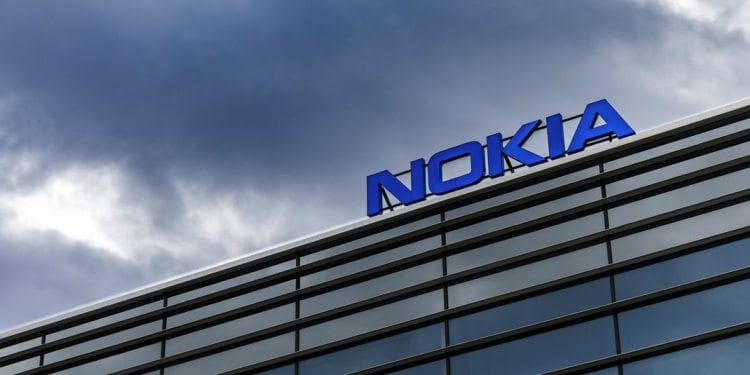Nokia said that the new facility will advance research in technologies that are key components of current 5G and future 6G networks
Finnish vendor Nokia announced the opening of a new research and development center focused on 5G and future 6G mobile network technology at its Portuguese campus in Amadora.
The vendor said that the new facility will create employment across several different disciplines and advance research in technologies that are key components of current 5G and future 6G networks.
Nokia highlighted that the new research and development center will create “multiple highly skilled jobs” focusing on the advanced development of software to support mobile networks. The new Portugal center, it says, will oversee the full cycle of embedded and real-time software development from early analysis to final delivery, while it will bring together professionals from diverse technical disciplines, including software engineers, product owners, and technical leads to work alongside teams around the world.
Tommi Uitto, president of Nokia Mobile Networks, said: “The new research and development center in Portugal demonstrates Nokia’s continued investment in the future of wireless communications. The center’s vital work will continue to expand the possibilities of mobile networks, critical for seamlessly connecting people, businesses, and industries. Importantly, this will be a hub for innovation, reinforcing our 5G technology leadership and helping to realize our ambition to become a 6G pioneer.”
Nokia is very active in research activities related to as-yet-unstandardized 6G systems. The vendor had recently announced that it will lead the German Federal Ministry of Education and Research’s KOMSENS-6G project.
Nokia noted that the project aims to drive global pre-standardization activities from a German and European perspective, with a specific focus on the network as a sensor technology.
Nokia highlighted that sensing will be a key enabling technology towards the vision of bringing together the digital and physical worlds in a future 6G era. The sensing service will be fully integrated in the wireless network for simultaneous operation with communication services. In this 6G initiative, Nokia said it will research technology solutions for front-end, baseband, RAN protocols, data processing and security to make the 6G vision a reality.
On completion of the 3-year project, KOMSENS-6G aims to deliver an architecture for integrated sensing and communication, together with a demonstration of the combined service.
In July, Nokia also announced it will lead 6G-ANNA, a German national-funded 6G lighthouse project.
As part of the initiative, Nokia will work closely with the consortium, which includes partners from industry, startups, research institutes and universities in Germany.
Within 6G-ANNA, Nokia will focus on designing an end-to-end 6G architecture and work with other project partners on three key technology areas: 6G access, network of networks, and automation and simplification. Selected topics such as sub-networks, XR and real-time digital twinning will be implemented and presented as proof of concepts.
In addition, the vendor will interact with the German ecosystem, including four academic “6G Hubs” with more than 60 university chairs. Beyond Germany, 6G-ANNA aims to interact with other major 6G flagship projects in Europe and the U.S. to shape global 6G standards.
Nokia also recently announced that it will lead the Hexa-X-II project, the second phase of the European 6G flagship initiative.
Nokia noted that this new phase will expand the Hexa-X partner list to 44 organizations that are tasked with creating the pre-standardized platform and system view that will form the basis for many inputs into future 6G standardization.
The Hexa-X-II initiative has been awarded funding from the European Commission. The goal of both Hexa-X and Hexa-X-II is to establish Europe as leader in future 6G systems.

